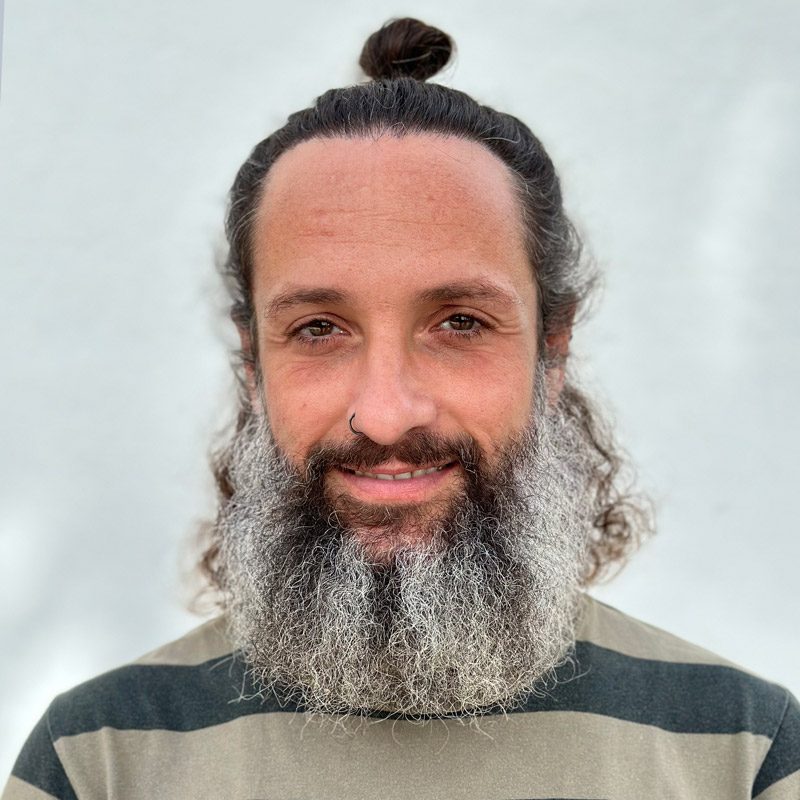There is a unique place in the heart of West Africa. Unique for its fascinating and enigmatic culture and its air of mystery and supposed paranormal events that surround it. This exciting corner of the Sahel is called the Dogon Country (Mali) and is located on the border with Burkina Faso. Discover the enigmatic Dogon tribe of Mali.
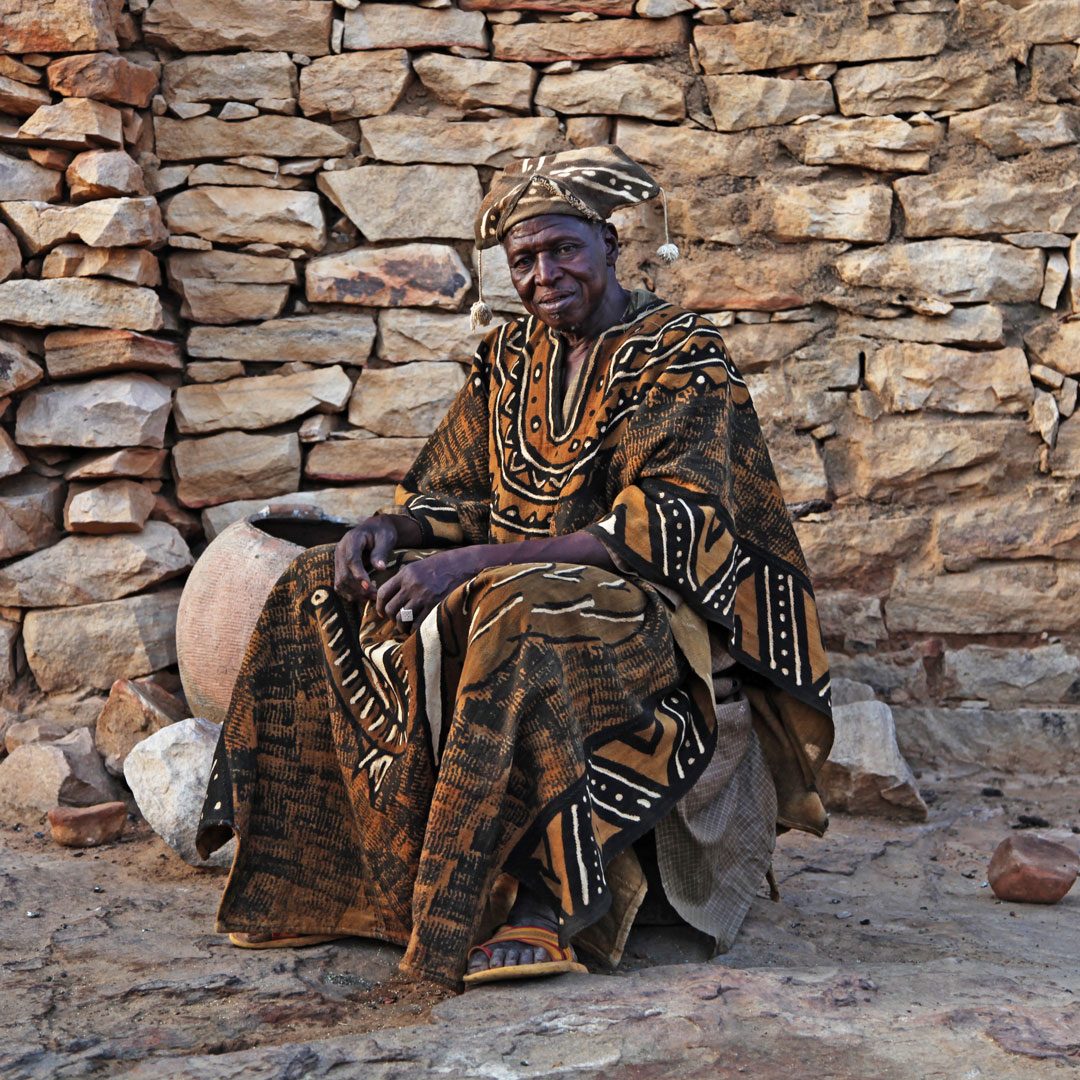
Man in traditional cotton clothing. In the past, they used to be dyed indigo
The Dogon are characterized by their hermeticism and for being an insurmountable island of cultural resistance, which has earned them the rejection of a large part of the neighboring towns. This position forced them to settle on the Bandiagara Escarpment, in locations with difficult access and easy defense. Islamic Law classified the Dogon as infidels, which gave carte blanche to their trafficking as slaves and raids on their towns.
Ecosystem of the Dogon tribe of Mali
The Bandiagara Escarpment is a jagged wall of ocher rock that stretches hundreds of kilometers over the sand. It has a height of about 350 meters, and together with the Dogon villages embedded in it, they form a set considered a World Heritage Site by Unesco since 1989. In the annexed plain you can also find some more Dogon villages.
The towns which are located between the rocks are fully integrated into the environment
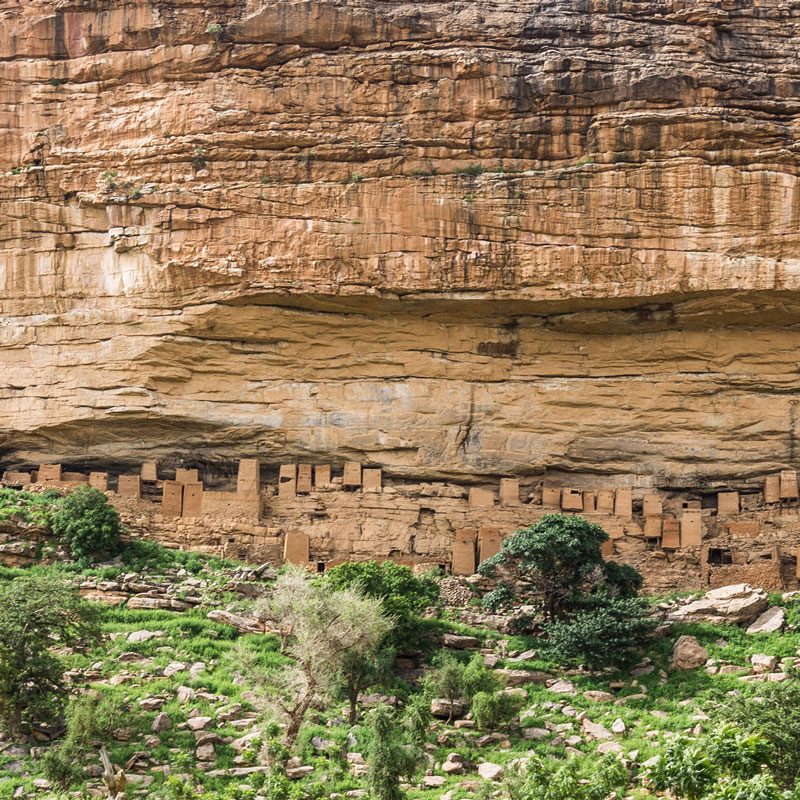
Economy and Social Organization
Today, it is estimated that the Dogon tribe of Mali is formed about 400,000 people. They practice subsistence agriculture based on millet, sorghum, rice, onion, peanuts and some vegetables. Additionally, they grow tobacco and have livestock: sheep, goats and chickens. It's common the production of a bitter local sorghum-based beer called “dolo”.
The organization of the villages is based on kinship, within a framework of exogamous patrilineal lineages. There are also various endogamous labor castes in each of the villages: iron, leather, and wood workers, oral historians, musicians, farmers, and so on.
Dogon buildings are made of mud and logs.

Architecture of the Dogon tribe of Mali
The b>strong architectural tradition of the Dogon tribe of Mali is strong. Some types of buildings are closely related to the Dogon culture and social organization, for example the House of the word. There, men usually spend the hottest hours of the day there debating important social issues, such as: business, politics or justice. The Menstruation House take in the women during their period. Also circumcision and type II female genital mutilation (removal of the clitoris and labia minora) are practiced there.
The height of the House of the Word is reduced to prevent men from standing up and to avoid violence caused by arguments.
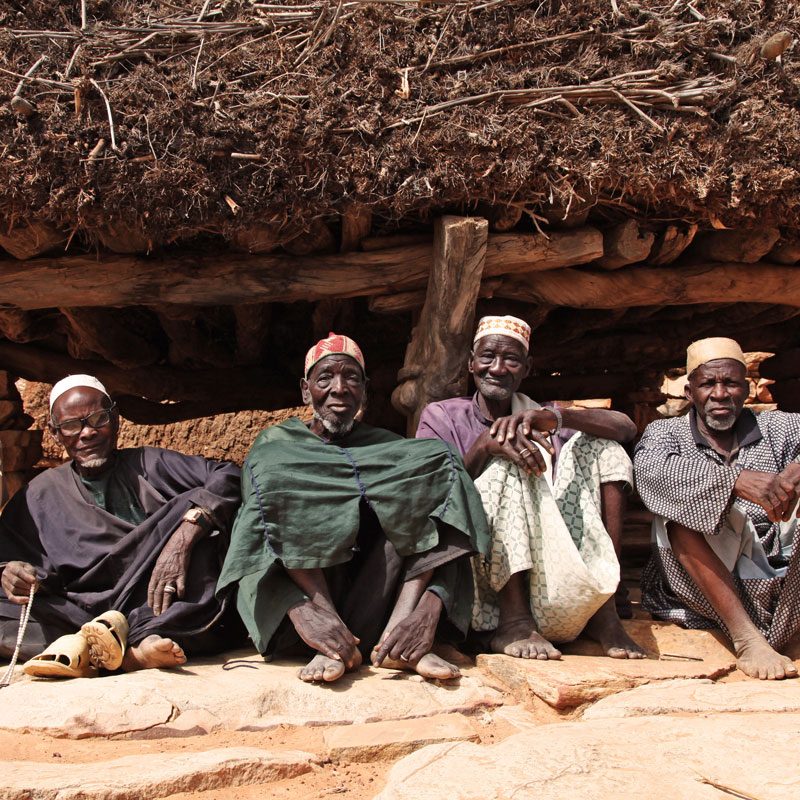
Religion
The traditions of the Dogon tribe of Mali is best known for its mysterious animistic religious beliefs (worshipping spirits and nature). Their rituals are surrounded by art, consisting of impressive carved wood sculptures.
Both in art and in architecture it is common to find representations of the four men and four women who founded the Dogon people.
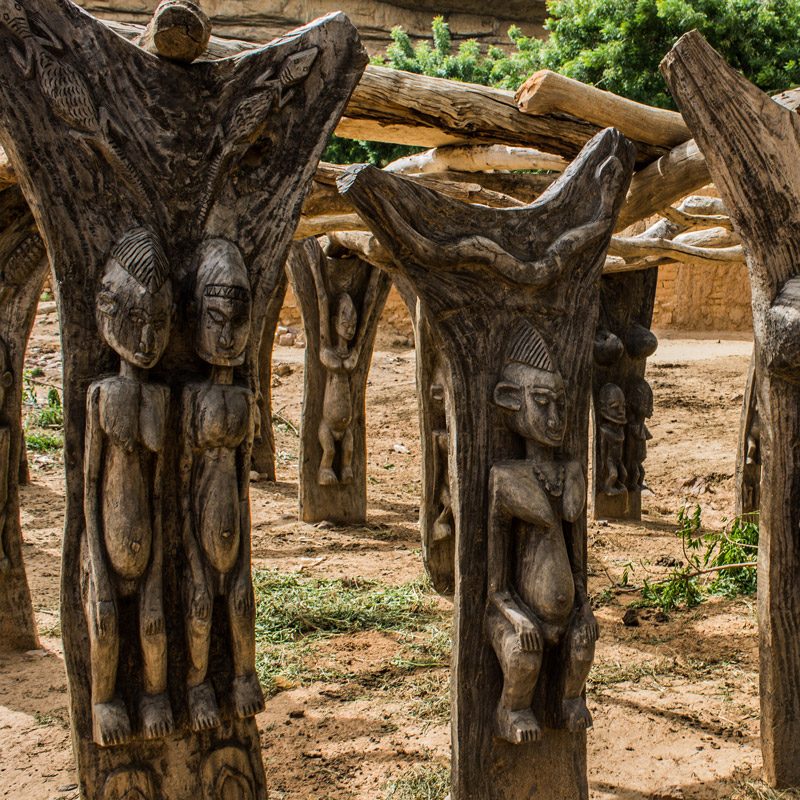
The most iconic tradition is the famous stilt and mask dances, called Sigui. This ritual is officially celebrated once every fifty years, when the star Sirius B completes its orbit around Sirius A. At each celebration, each of the families must wear a new mask, not used in previous celebrations. The Sigui symbolizes respect for cycles: the passing of culture, language and traditions from generation to generation. It is celebrated in honor and harmony with Sirius.
The Sigui consists of a series of dances in circles accompanied by songs to the rhythm of the djembe.

Do you want to meet the enigmatic Dogon tribe of Mali?
Discover the culture of the Dogon tribe on our nexts trips to Mali. Click here to see our trips to Mali.
Some of the masquerade participants wear stilts that measure more than 2 meters high.
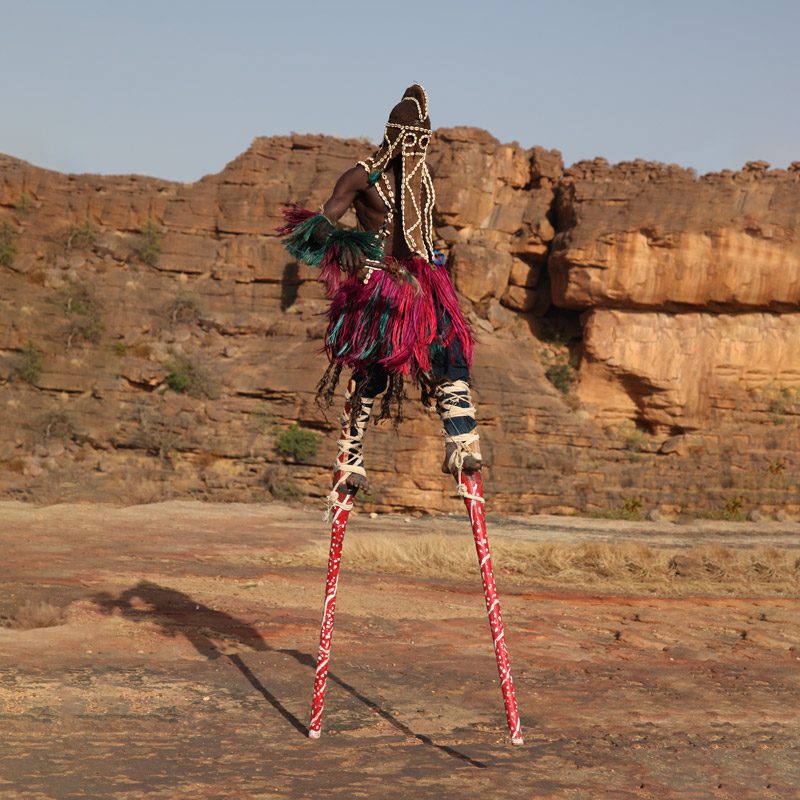
Dogon culture is closely connected to the cosmos. An example of this link is the fact that they believe that demigods called Nommos came from Sirius. According to Dogon ancestors, Sirius is made up of three stars, two of which orbit the third. In 1995, two French astronomers concluded that Sirius was a system made up of three stars - Sirius A, Sirius B and Sirius C-. The third is visually undetectable (not even with telescopes) and only inferred by complicated mathematical studies on electromagnetic fields.
It is quite a mystery how the Dogon tribe of Mali have come to accumulate such wisdom and knowledge about the cosmos.
They usually paint the wall of caves representing elements of their culture.
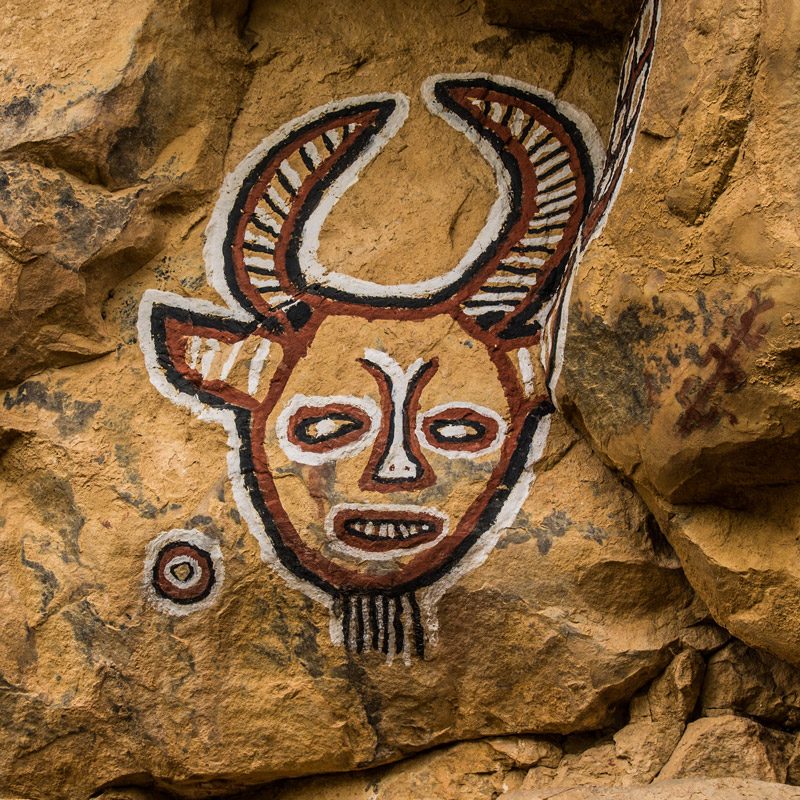
Each Dogon village has a spiritual leader called "hogon"
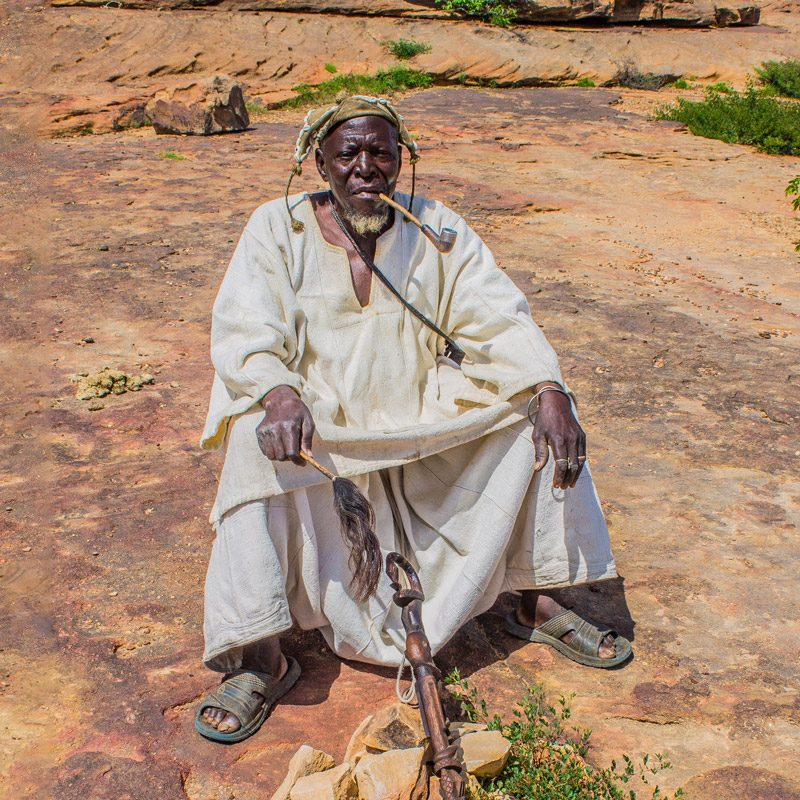

Some dancers wear sacks adorned with shells during the Sigui
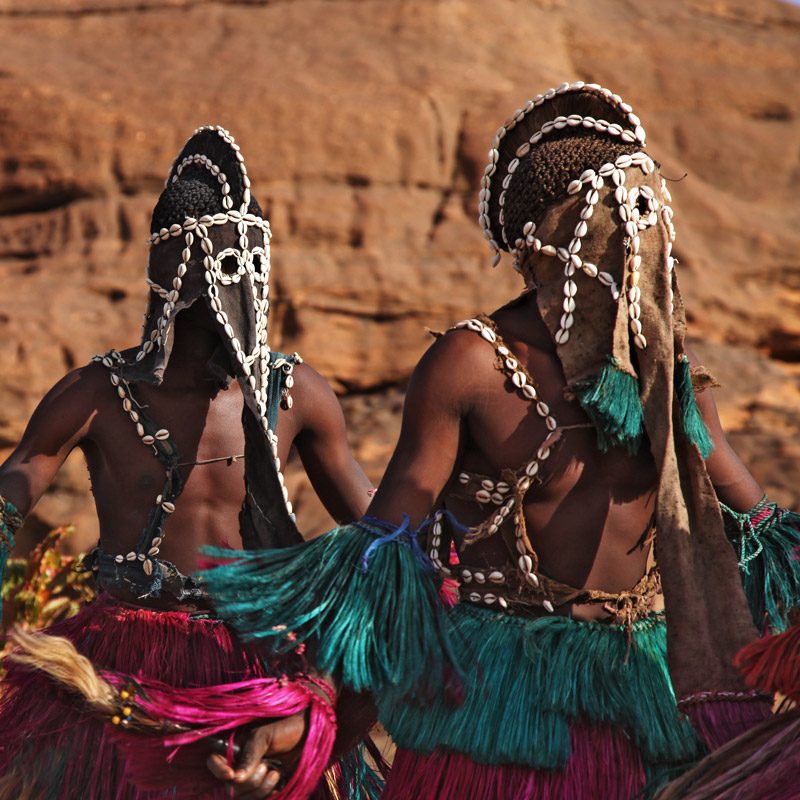
We can find Dogon totemic animals represented (snake, crocodile, turtle, antelope...) on all kinds of supports such as doors, windows, statues, facades and masks.
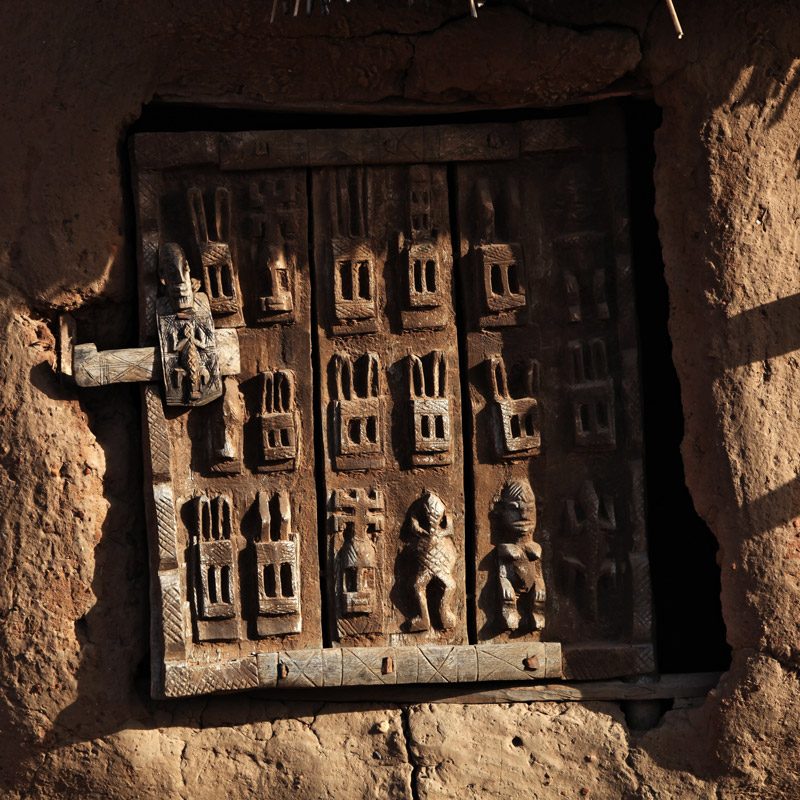
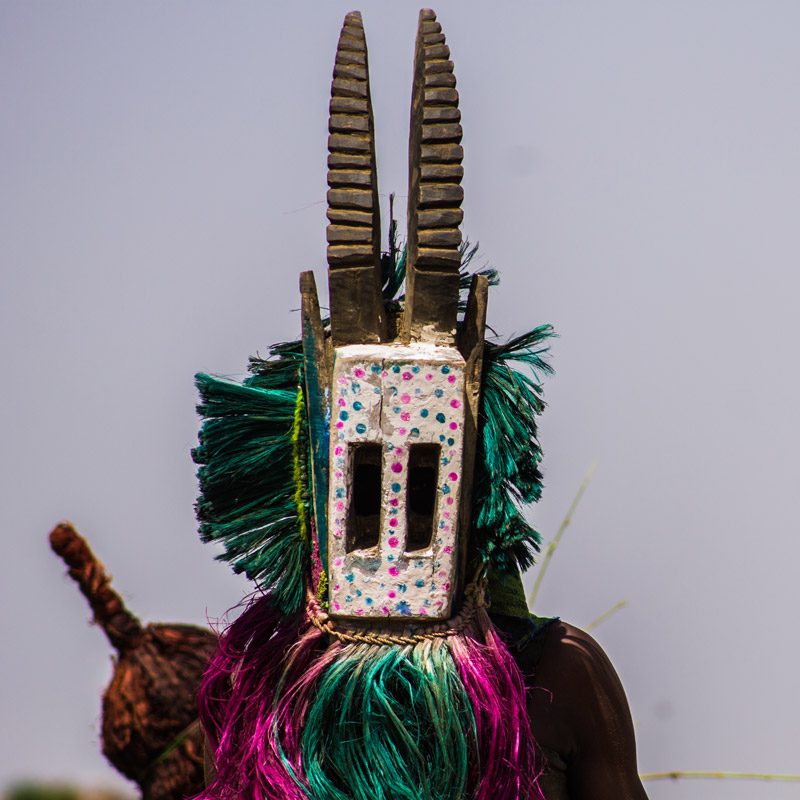

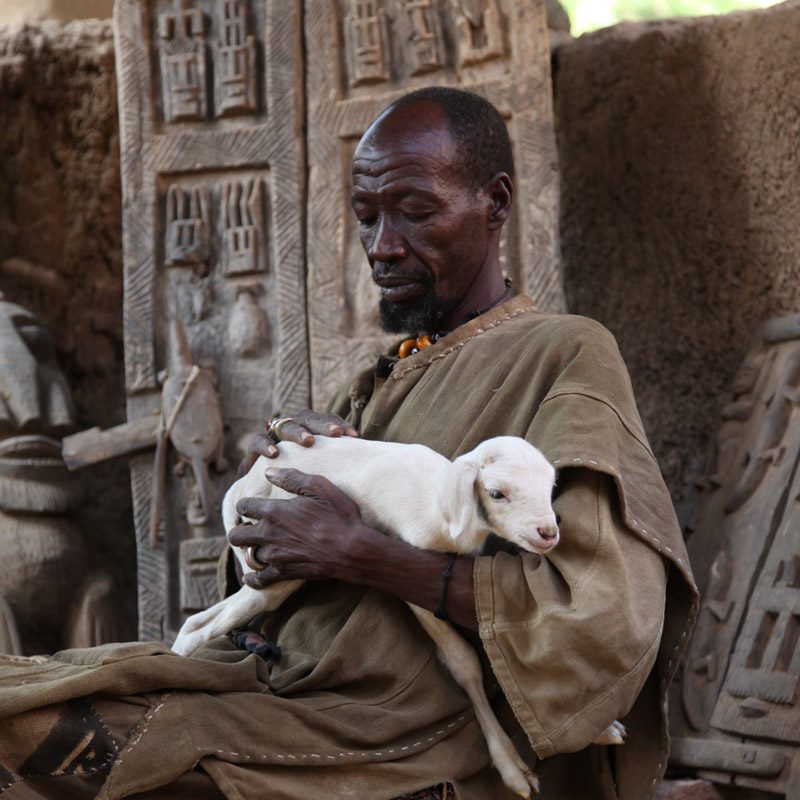
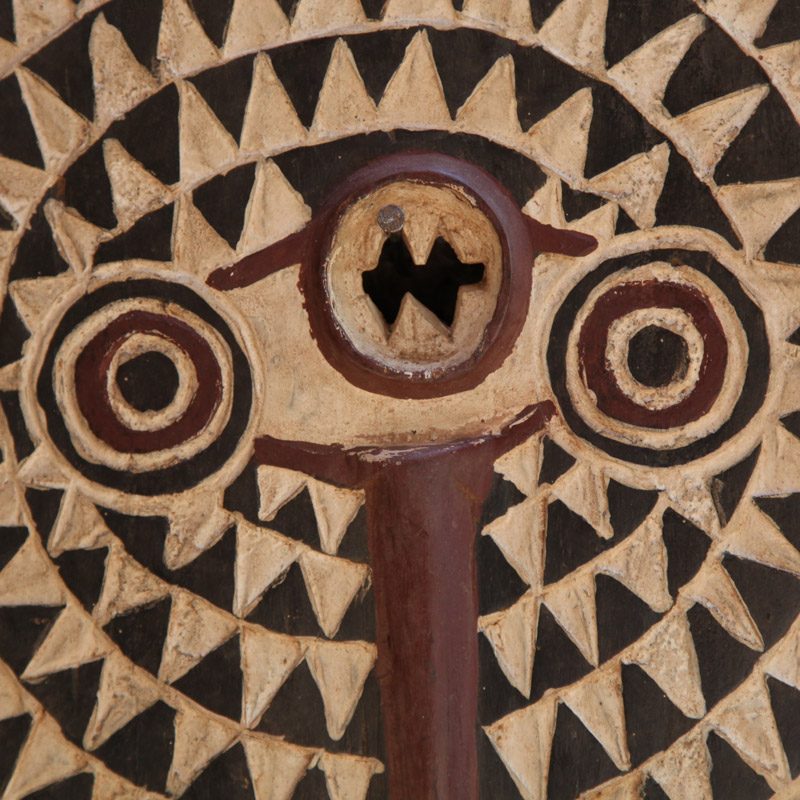
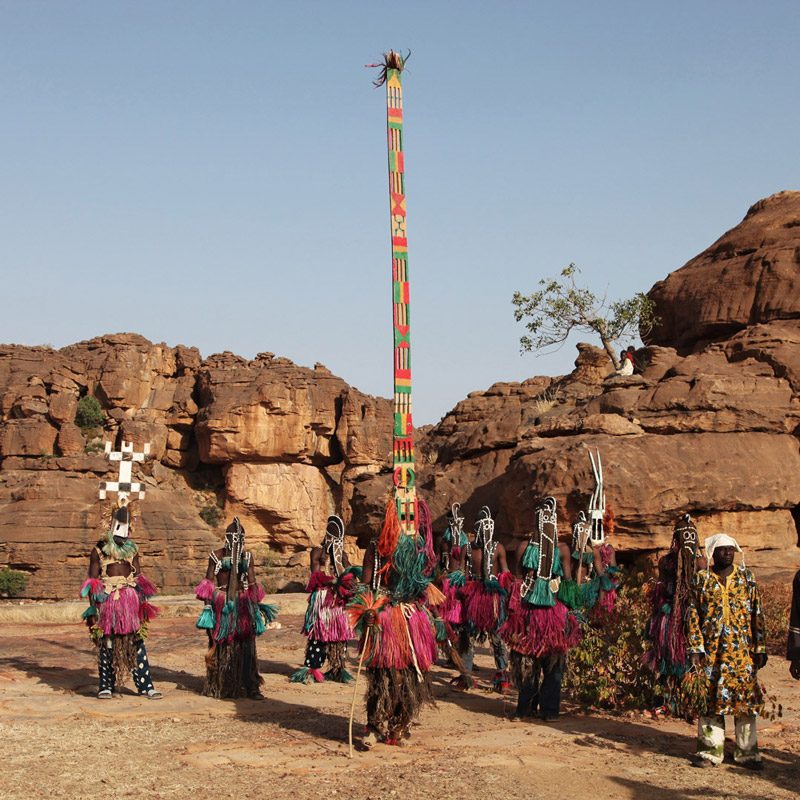
If you want to know more about the Dogon tribe of Mali, we recommend the book "Culturas Olvidadas" (written in Spanish) by Aníbal Bueno. The work is a compilation of small travel stories, where the daily life of cultures free from Western acculturation is narrated, and which maintain their traditional way of life. Click here if you are interested in buying it.

You can learn more about the Dogon tribe of Mali at www.101lasttribes.com.
© Photographs by Aníbal Bueno and Juan Reina Perez.
